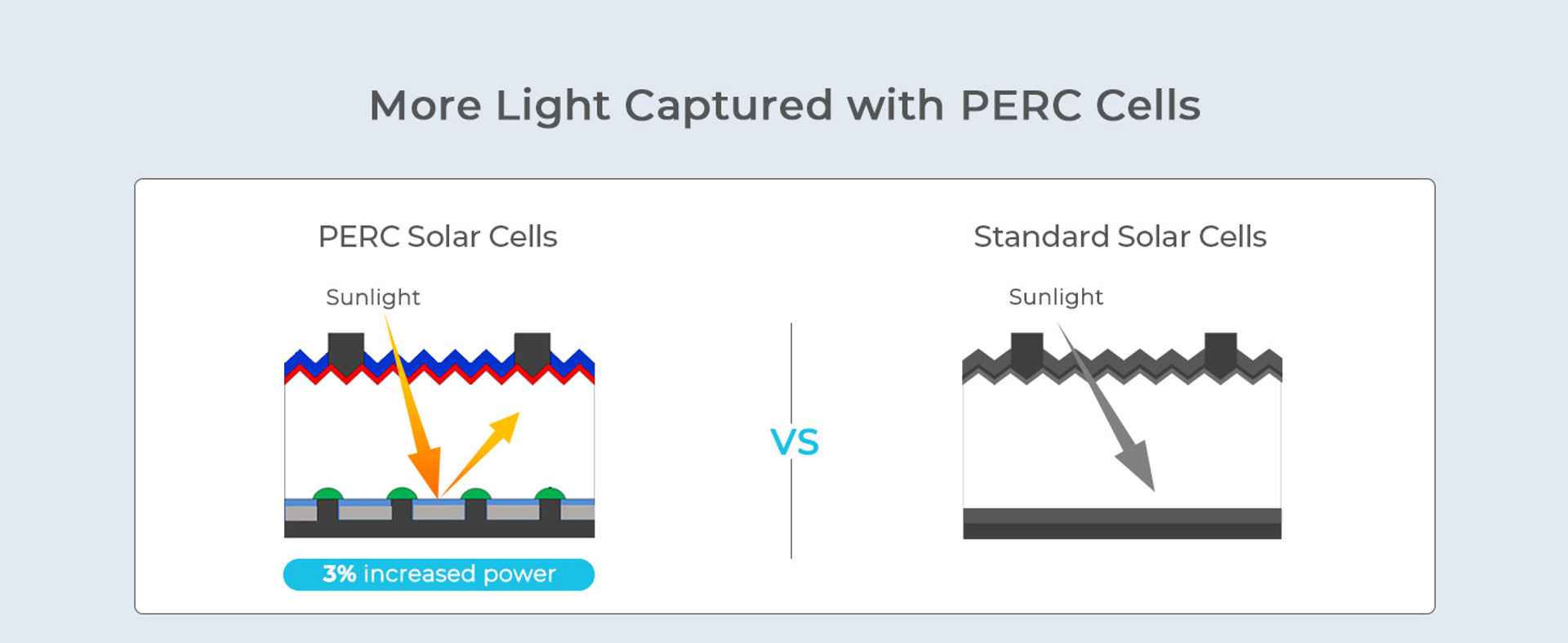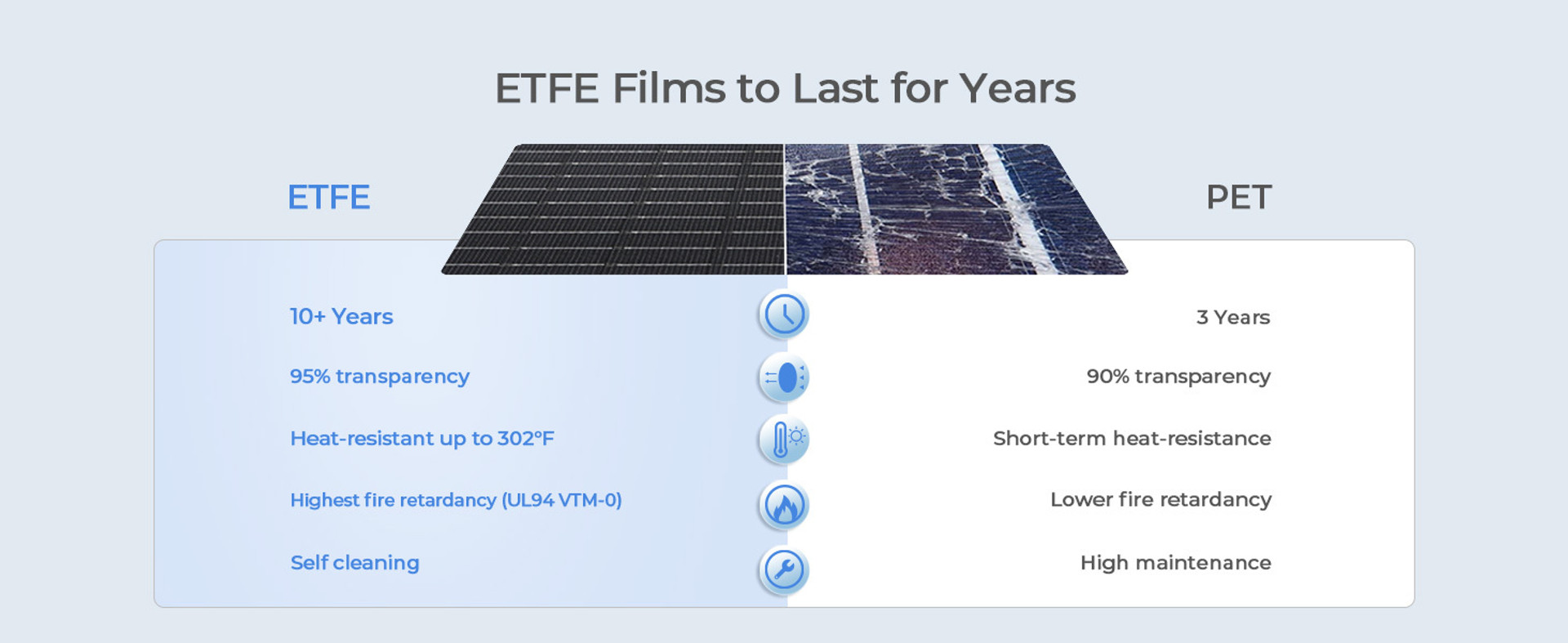Renogy E.Flex 220W Portable Panel
Powered by PERC monocrystalline solar cells, these panels provide a 22% conversion efficiency rate.
Powered to 22% Efficiency
They’re powered with PERC monocrystalline solar cells that boost conversion efficiency to 22%.
IP67 Waterproof Rating
The E.FLEX solar panel consistently delivers dependable power, even in extreme weather conditions.
Made For The Outdoors
They charge portable power stations and batteries wherever your travels take you. Solar connectors and charge controllers may be required. Sold separately.
See Your Adventure Unfold With Renogy
Super durable and scratch resistant with ETFE film and rugged corner guards – they last 3 times longer than panels made with PET.
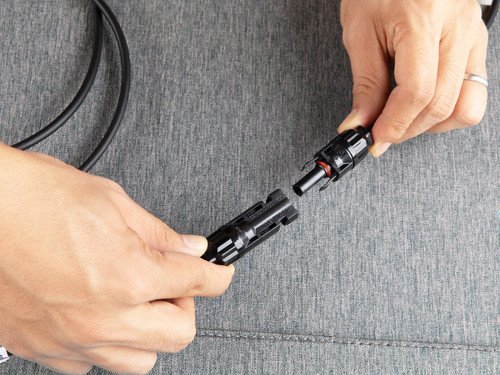
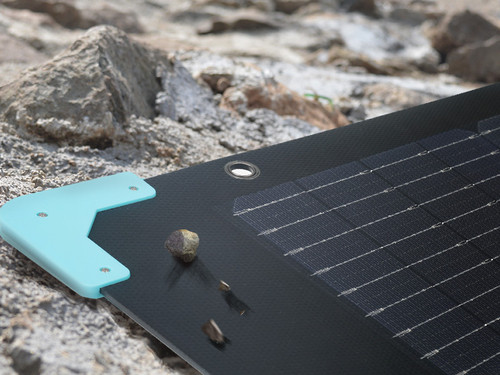
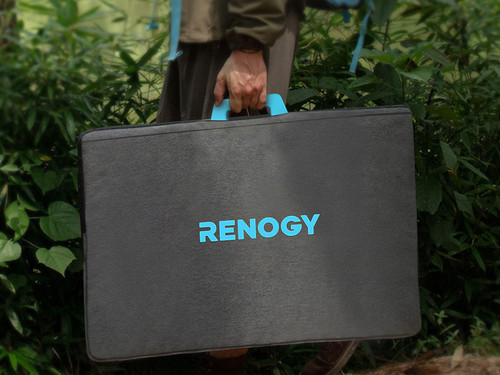
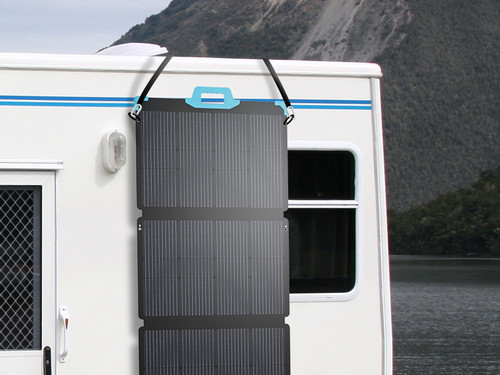
Package Includes

220w EFLEX portable solar panel
x 1

Case
x 1
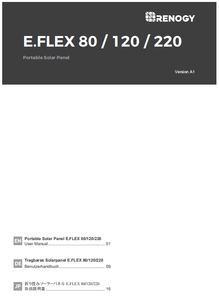
User Manual
x 1
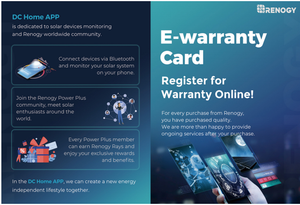
Ewarranty card
x 1
Frequently Asked Questions
1. Can I use non-Renogy branded power stations with E.FLEX 220W Portable Solar Panels?
Yes. You can use E.FLEX 220W solar panels with portable solar generators from other manufacturers but you'll need additional solar connectors. Always check the specs of your portable power stations to ensure compatibility with other charging devices.
2. Why is my portable solar panel underproducing?
The output performance of solar panels is dependent on multiple factors. These include sunlight intensity, temperature, and weather conditions. Indirect sunlight, rising temperatures, cloudiness, and dust and dirt build-up can reduce the output of your solar panel.
3. How should I connect multiple solar panels for my system? Should I use a series or parallel configuration?
E.FLEX 220 portable solar panel can be connected in series or parallel configuration or array. How you choose to connect multiple solar panels depends both on the size of your off-grid solar system and your power needs. Connecting solar panels in a series increases the voltage of the system, leaving the system current output the same as a single panel. The total amount of voltage of a series connected array can be measured by multiplying the voltage output of a single panel by the number of panels. Or if you have panels of different voltages you add the voltage of each panel to get the total voltage of the array. Connecting solar panels in parallel increases the current of the array and maintains the voltage output of a single panel. The total current of a solar array connected in parallel can be measured by multiplying the current of a single panel by the number of panels. Make sure the open circuit voltage of the connected panels does not exceed the maximum DC input voltage of the power station or controller.
4. How many solar panels do I need?
The best way to estimate how many solar panels you need is to understand and define the power load of a battery system. Power is measured in watts, and capacity in Watt-hours (multiplying power output in watts by the required runtime of power loads. Then, multiplied by a safety factor of 1.5-2). So, we advise you to size your battery bank first based on the minimum required capacity and decide how many panels or how much power input is needed accordingly.
Resources Download
Warrany















